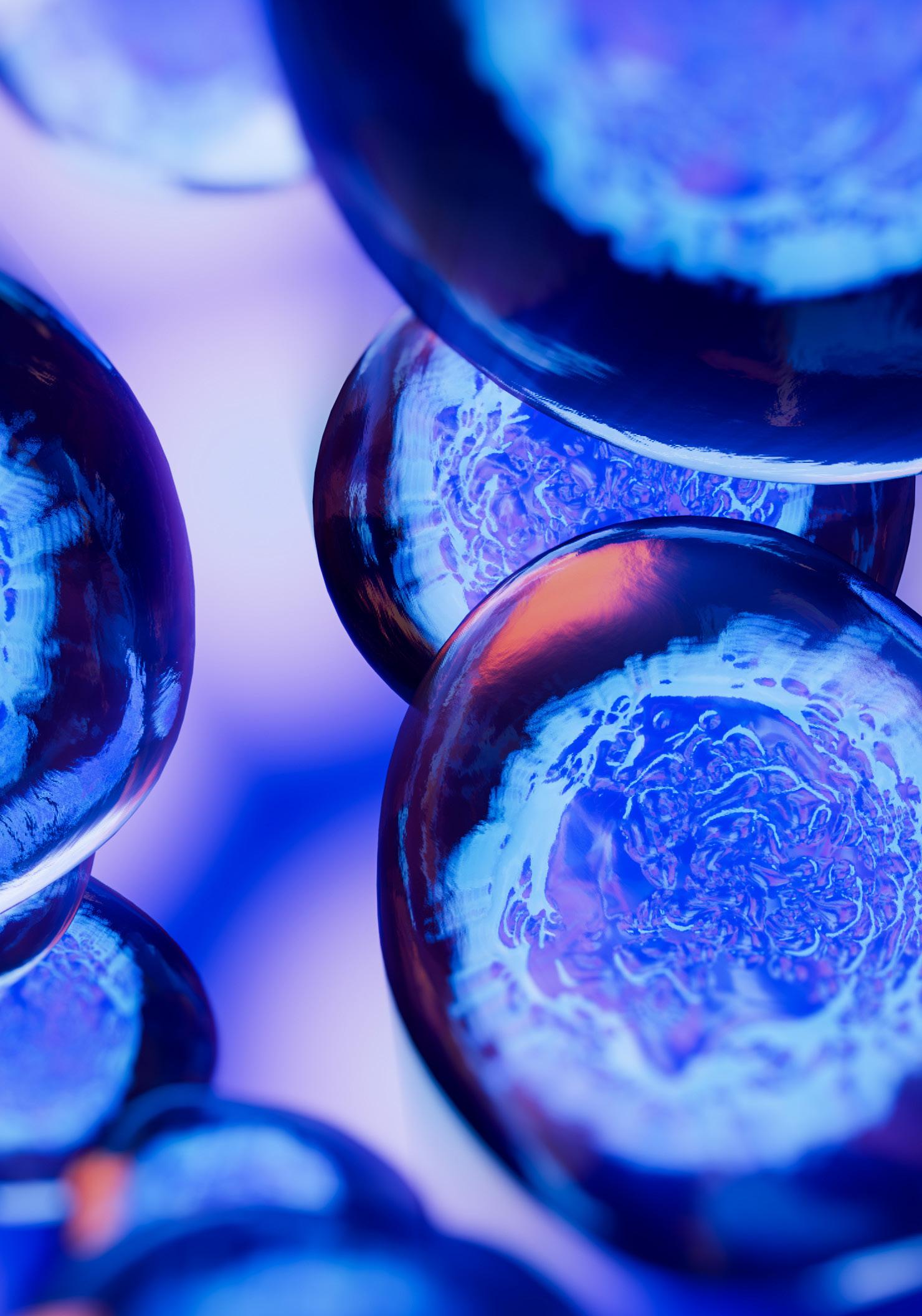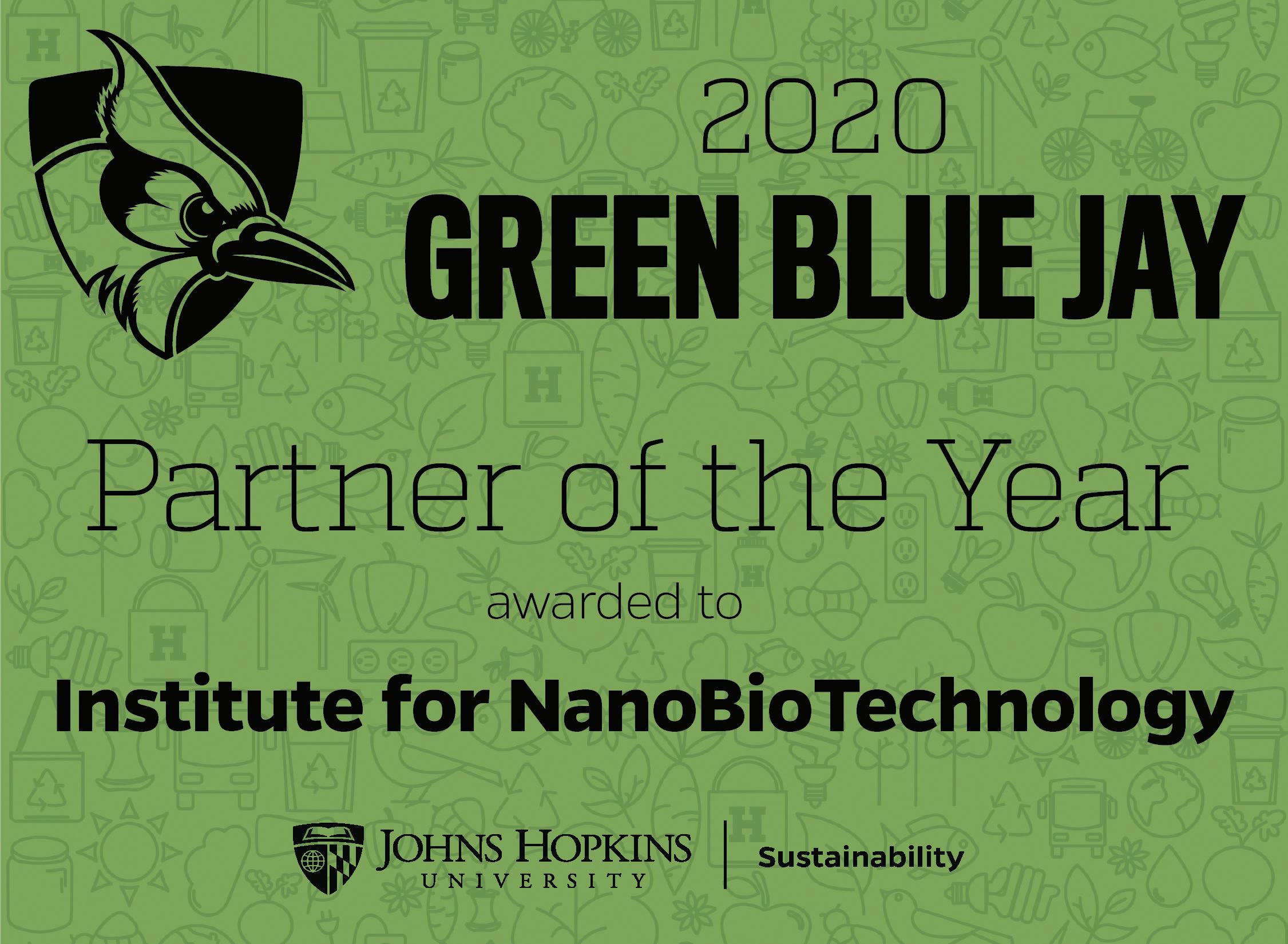
1 minute read
Researchers Aim to Develop Cell Editing Device for Gene Therapy

Microfluidics offer promising solutions to diagnostic and therapeutic challenges in the medical field. By combining biology, chemistry, engineering, physics, nanotechnology, and more, microfluidics manipulates cells and fluids on small chips at the nanoscale. That’s because at the nanoscale cell properties and characteristics behave differently. Using microfluidic technologies, Soojung Claire Hur and Thomas Pisanic are aiming to develop a microfluidic primary cell editing platform (pCEP) for personal gene therapy with an award from the National Institutes of Health. Hur is the Clare Boothe Luce assistant professor of Mechanical Engineering and an associate faculty member at the INBT, and Pisanic is an assistant research scientist at the INBT.
Advertisement
Hur and Pisanic want pCEP to capture cells of interest and then deliver biological materials to edit their genome. First, the platform will integrate a purification method to separate and collect the cells from patient samples like blood. Then a voltage is applied to open cells and deliver gene editing agents to activate or suppress genes.

The technology manipulates cells without touching or tagging them with magnetic particles. Touching and using magnetic particles can separate cells, but it’s unlikely they are suitable for culture, which is another long-term goal of the team. Culturing patient cells can be difficult since cells often die once they are removed from a patient’s body. Furthermore, cells can normally only divide a limited number of times before they stop proliferating. But through genetic modifications it is possible to keep cells dividing, making them available for further studies.
Hur’s and Pisanic’s work has potential applications to cancer biology, diagnostics, and immunotherapy. By using microfluidics, it can help reduce medical costs and the time it takes to run tests. It also offers safer alternatives for testing the efficacy of a therapy.










